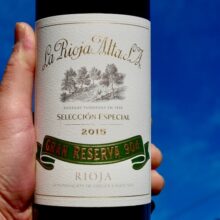
Product information
La Rioja Alta 904 Gran Reserva Selección Especial 2015
$265
Description
Thrilled to be able to offer my thoughts on this special wine. Lunch with the full current release set from La Rioja Alta was thrilling. The wines are a demonstration of respect for the past and judicious use of modern technology combined with an approach that offer a style reminiscent of a refreshed classic. No fads here!
Exceptional depth and length, wonderful core of vibrant red fruit flowing through with great persistence. Building the secondary proportion of flavours to fruit over the Adanza. Savoury, fine and long. The élévage masters have been at it again, harmony and development with spice and very, very fine leather and tabacco. Beautiful, ripe tannins. Delicious. Playful grip. Plush and flowing with a generous shape, delicious. Earthy. Hint of spice. Excellent.
Paul Kaan, Wine Decoded
NOTE on OAK: Many traditionalists rail against the use of American oak in any wine. La Rioja Alta is a benchmark in oak handling. Whatever they are doing with their tree selection, in-house seasoning and cooperage the impact in their wines is incredibly nuanced. All of the oak for their top wines has been seasoned for at least 1 year with other wines prior to use here. It’s more like the difference between adding a pinch of salt to porridge than a tablespoon of treacle!
I tasted again the 2015 Gran Reserva 904 Selección Especial, a blend of 90% Tempranillo from their vineyards in Villalba, Briñas and Rodezno, with 10% Graciano from the Montecillo Vineyard in Fuenmayor that was picked 23 days later than the Tempranillo that I had already tasted in mid-2022 before the wine was released. Time in bottle has done it some good, polishing the strong tannins that are the signature from 2015, though they are still not fully resolved, and a few more years in bottle will do it good. It’s tasty, very classical, balanced and fresh. Impressive for such a powerful year. It was bottled in March 2020 after it matured in used American oak barrels for four years.
Luis Gutiérrez, The Wine Advocate 95 Points
VN 95 TA 96 Peñin 97 Proensa 98
If you’re a fan of the wines of Viña Tondonia & Viña Bosconia from R. López de Heredia the wines of La Rioja Alta will be in your zone!
In stock



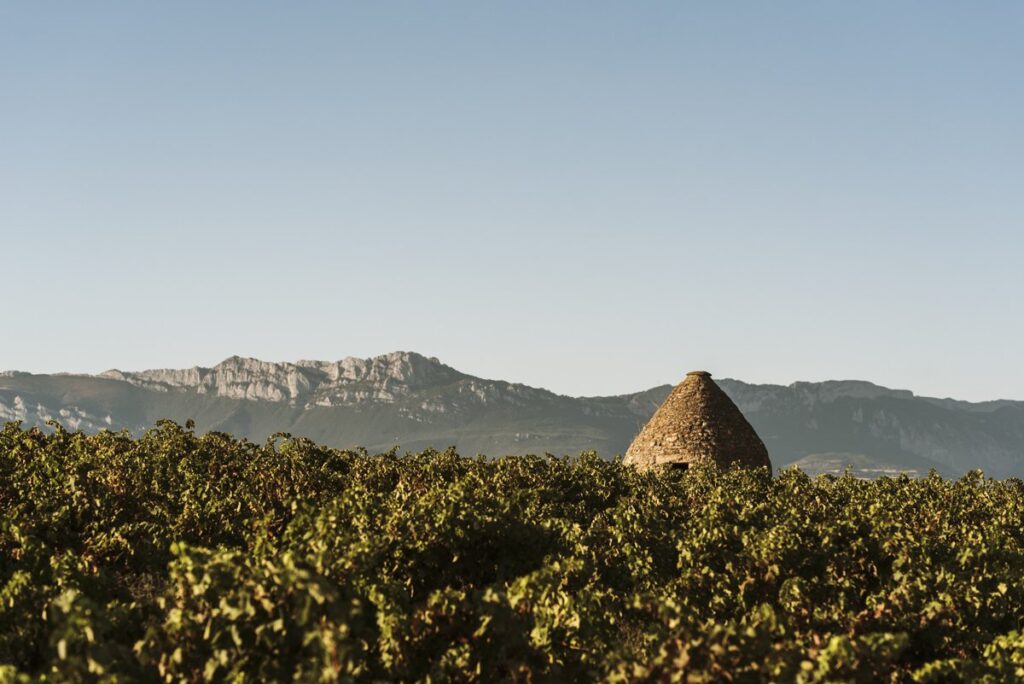
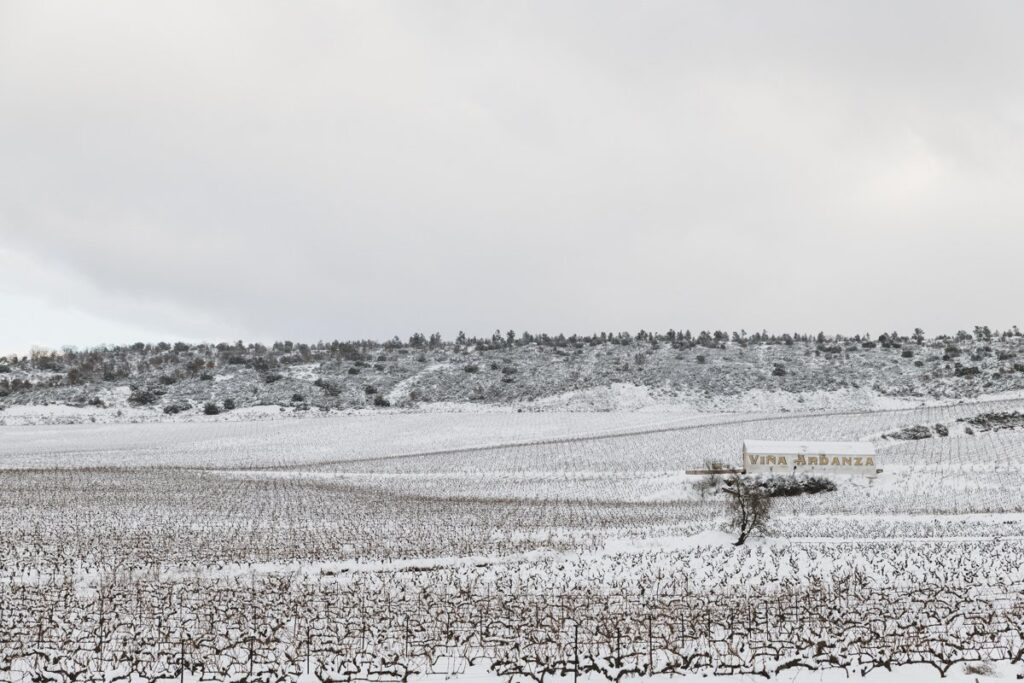
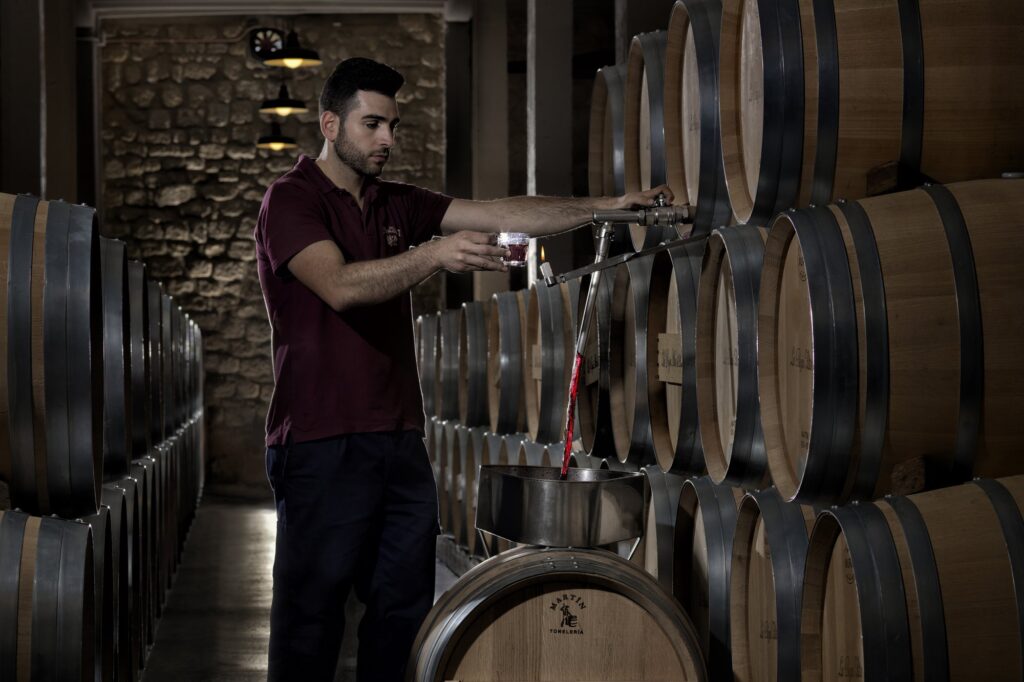
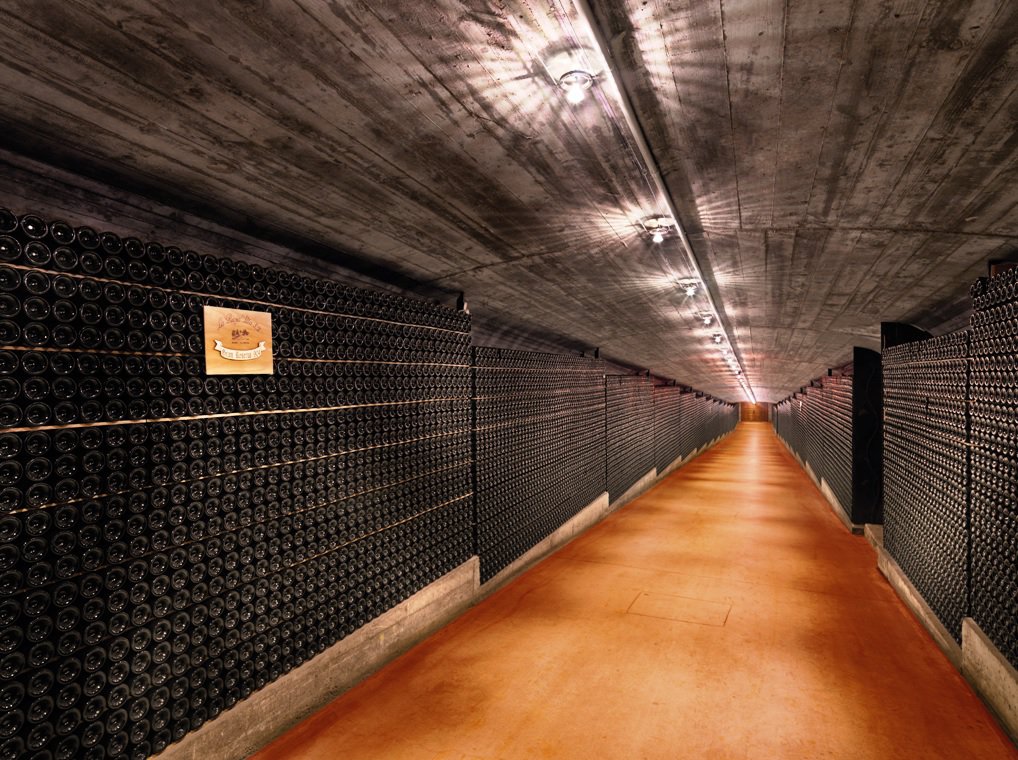
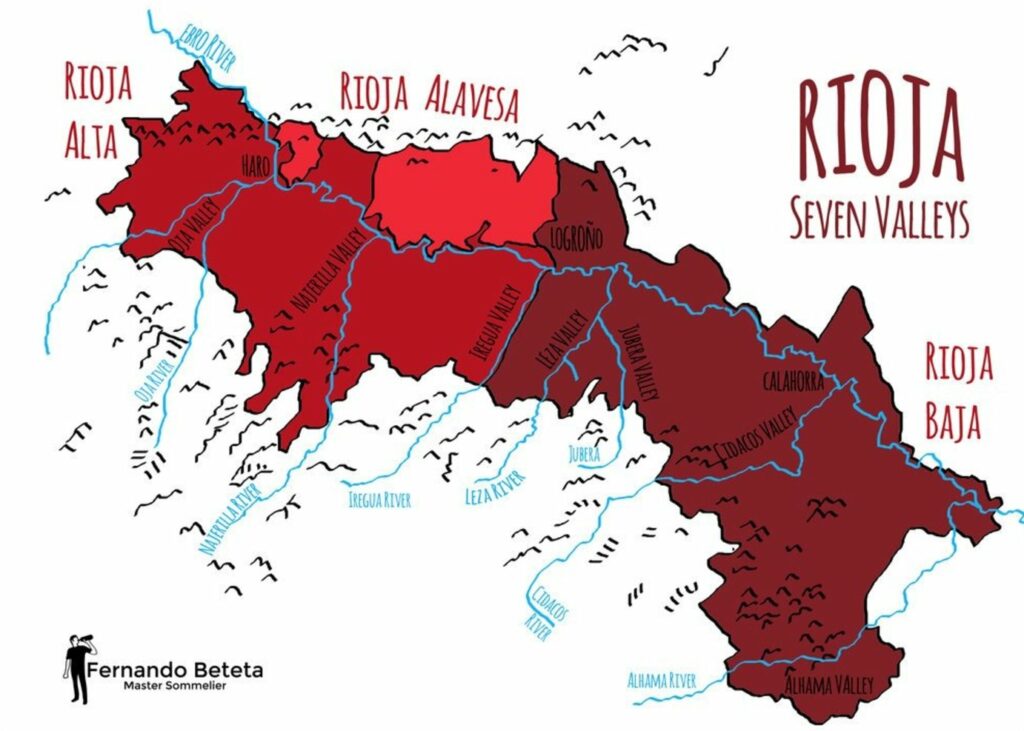
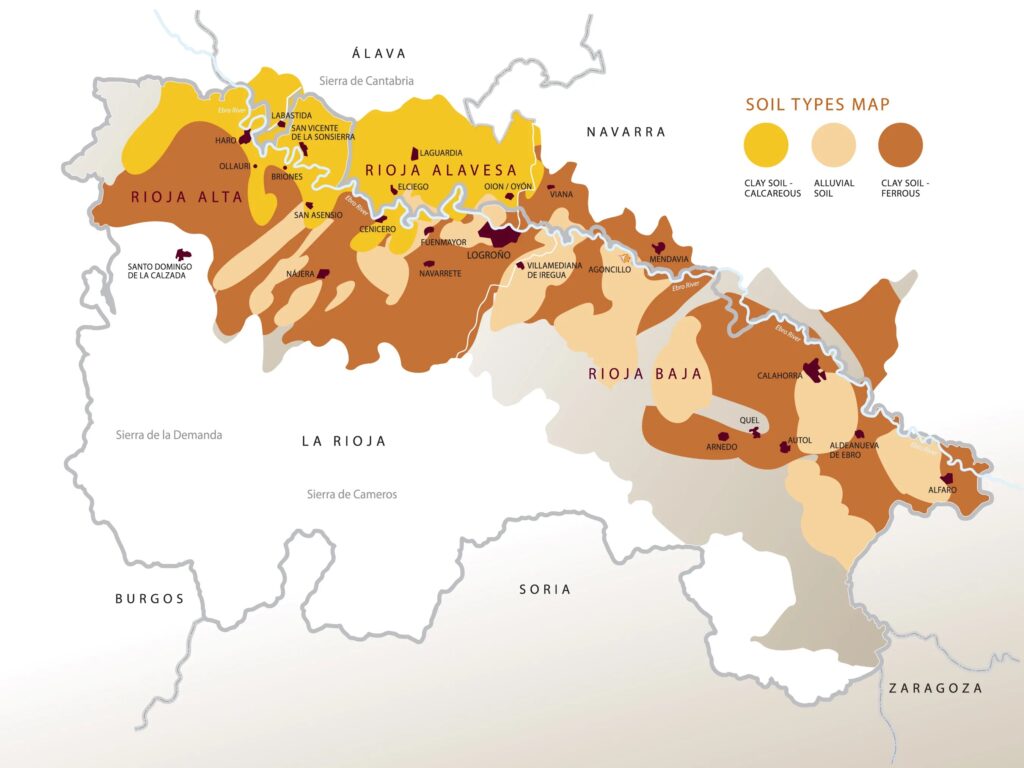
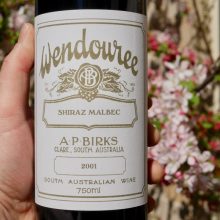
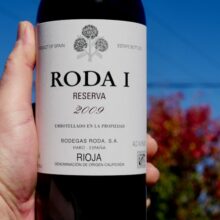
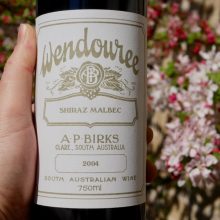
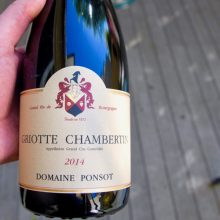
You must be logged in to post a comment.